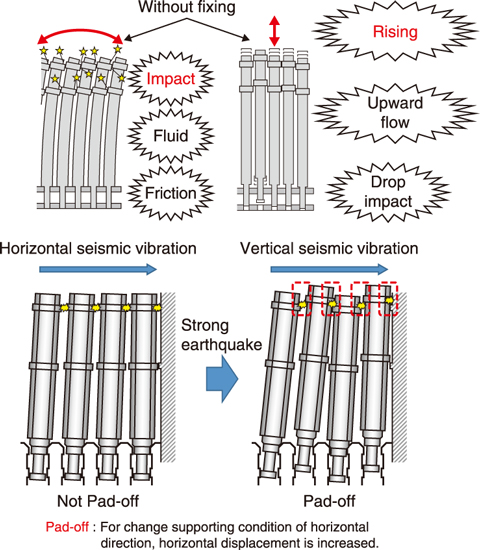
Fig.7-2 Behavior of core elements during an earthquake

Fig.7-3 Schematic view of vibration test

Fig.7-4 Comparison between vibration test and verification analysis results (Flowing water condition)
The core elements of a sodium-cooled fast reactor (SFR) are self-standing on the core support structure. Thus, during an earthquake condition, both the horizontal displacement, in which the core fuel assemblies collide with each other, and the vertical displacement in the rising direction must be considered. Large earthquakes must also be considered during seismic evaluations, including the large rising of the core elements. During strong earthquakes, the rising of the core elements higher than the fitting parts such as contact pads, may cause the pad will come off, thus changing the behavior of the core elements (Fig.7-2).
Therefore, a core vibration analytical code was developed to further understand the 3-dimensional behavior during an earthquake. For this development, group vibration tests using a scaled core elements specimen were carried out to allow the 3-dimensinal behavior of core elements to be examined, as shown in Fig.7-3. This test equipment has a system that can test not only in air but also in water (static water and flowing water). In particular, vertical and horizontal coupling behaviors focusing on pad off, a phenomenon in which support conditions in the horizontal direction change due to vertical displacement under strong vibration, were obtained. The vibration tests indicated that the contact conditions changed and the horizontal displacements increased when the relative vertical displacements between adjacent core elements were greater than the height of the contact pads. Moreover, as the result of the verification of this test using new 3-dimensinal reactor core group vibration analytical code, it reproduces the test results well about pad-off condition (Fig.7-4).
Overall, the developed model allows for the analysis of the behavior of core elements, even considering the pad-off condition during a strong earthquake.
This study was part of the result conducted “Technology development program of fast breeder reactor international cooperation, etc”, and supported by the Agency of Natural Resources and Energy (ANRE), the Ministry of Economy, Trade and Industry (METI), Japan.
<Previous: 7 Research and Development of Fast Reactors | Next: 7-2>